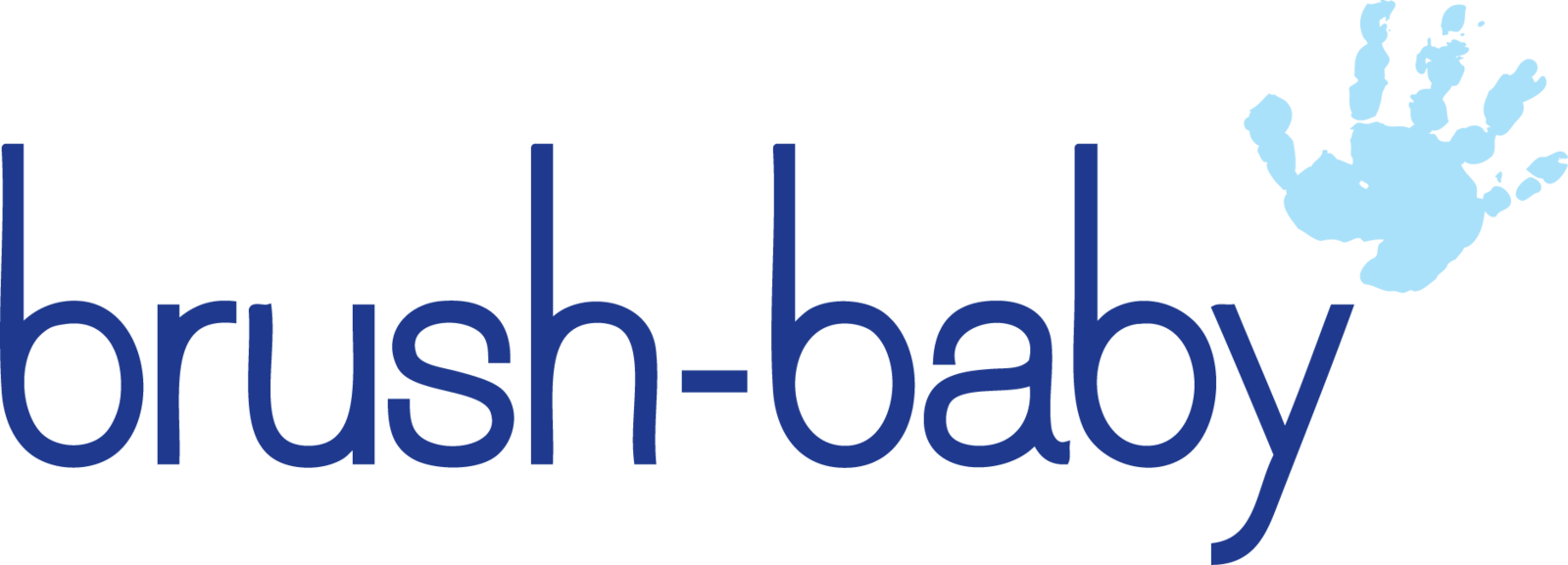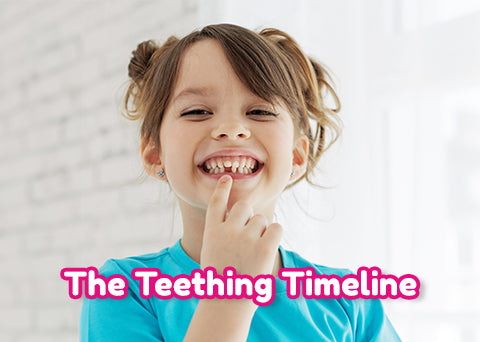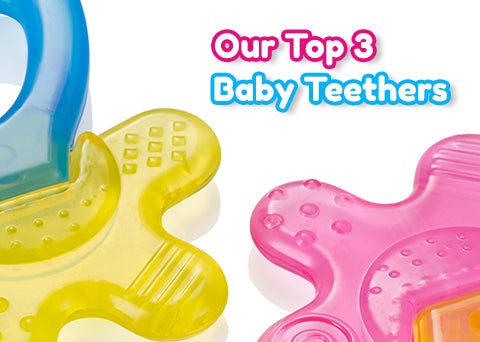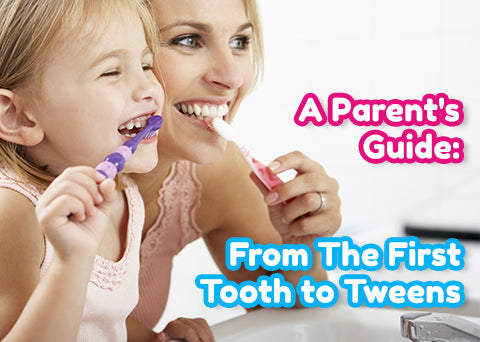The Tooth Fairy Parent’s Guide By BrushBaby!

We’ve all had at least a visit or two from the Tooth Fairy, and it can actually be a great way to encourage your children to use their kids toothbrush or baby toothpaste! Telling your children that the tooth fairy only looks for clean healthy teeth will encourage them to brush for the full 2 minutes using their children's toothbrush. We have an award winning range of the best baby toothbrushes and kids electric toothbrushes to choose from!
The tale of the tooth fairy is a mythical spirit whom has been around since at least the Middle Ages, therefore it comes as no surprise that there are ‘days’ dedicated to celebrate the Tooth Fairy itself, and one of those ‘days’ happens to fall on February 28th!
A child’s first Tooth Fairy visit is a memorable event, that as an adult recalls fond childhood memories. There are different Tooth Fairy traditions around the world, but the most common, is the exchange of money for a lost tooth which is placed under the child’s pillow where they sleep. Not only is it a representation of good luck, but it’s intended to reassure them during the distressing and confusing event of losing their first teeth.
In light of National Tooth Fairy Day, Brush-Baby have put together a guide for parents for everything you need to know about the special event, including what to do if the Tooth Fairy forgets to visit!
Introducing the Tooth Fairy
Children will have mixed emotions about the idea of the Tooth Fairy – some will be excited while others may be scared. Explain that the Tooth Fairy is a friend and will leave behind a present as a sign of good luck.
If your child doesn’t like the idea of the Tooth Fairy, don’t force the ‘visit’. You can create your own mythical creature based on what your child likes, such as a superhero, or simply reward your child with a treat for their bravery.
Planning the Tooth Fairy’s first visit
Traditionally, the child’s lost tooth is left under their pillow, but some children might like to leave it somewhere else, such as a trinket box. Another common place to leave the tooth is in a glass of water and parents can tell the child that the Tooth Fairy jumped in and swam down to get it! For novelty, you can sprinkle trails of glitter in the child’s bedroom and on the window sill to show signs of the Tooth Fairy’s visit.
What do you do with the milk teeth?
Your child is likely to ask questions about where the teeth go or what happens to them next and parents can make up stories, for example, the fairies use them to make fairy dust. Some parents like to store them until the child is older, in specially designed containers for memorabilia.
Choose the amount of money to give
It’s common to give different amounts of money to your children for different teeth, for example, increasing the amount for lost molars as they are larger, but remember that your children have a lot of teeth to lose Therefore don’t start off too high!
What to do if the Tooth Fairy forgets?
It’s common to forget to play the role of Tooth Fairy at least once, resulting in a disappointed child. Inventing a ‘twist’ to add to your Tooth Fairy story can help resolve their tears. Get your child to write a letter to the Tooth Fairy to leave under their pillow, explaining that they are upset, or leave the money under a different pillow and say the Tooth Fairy must’ve got confused! You could even leave an apology note written from the Tooth Fairy explaining that they were on holiday!
